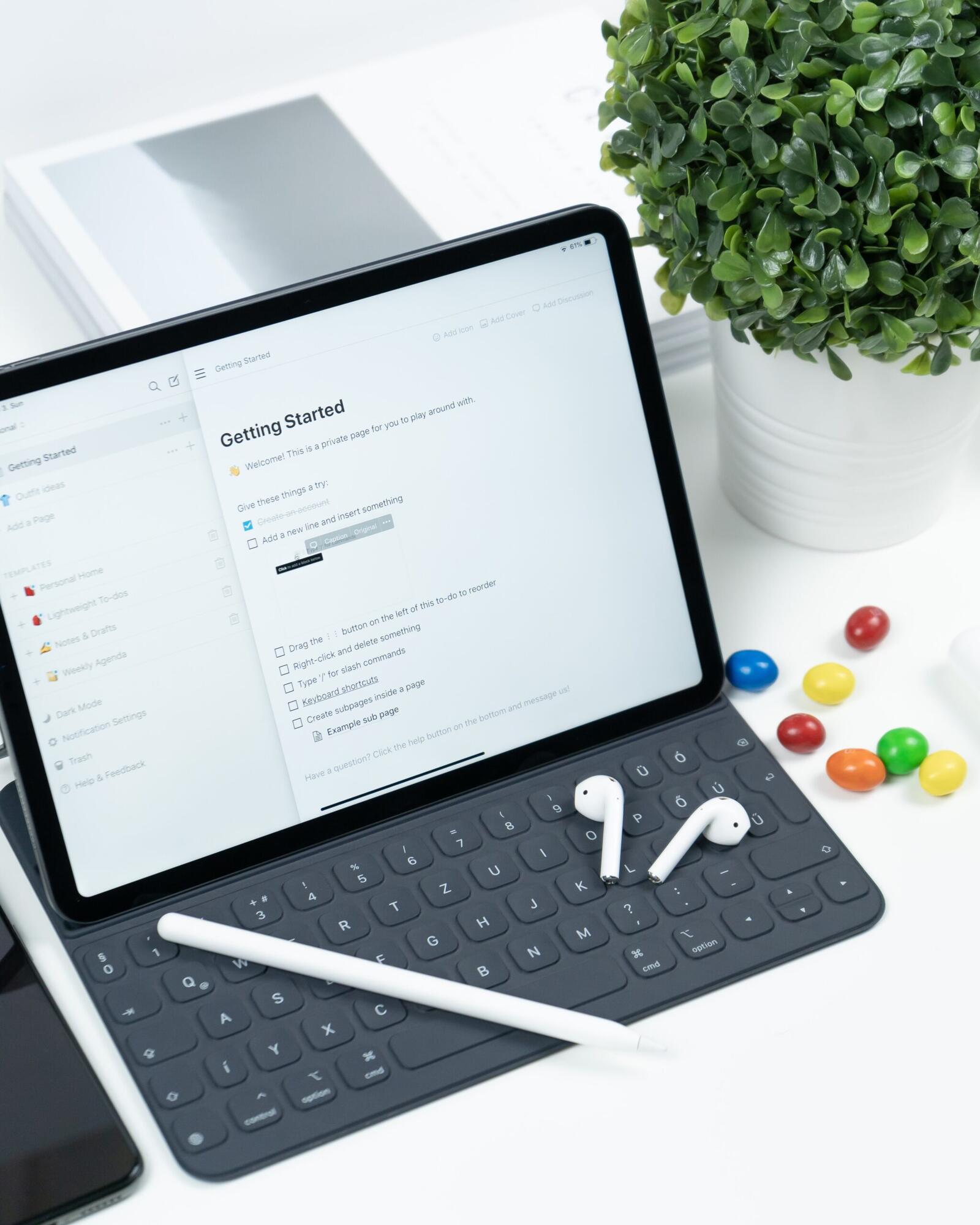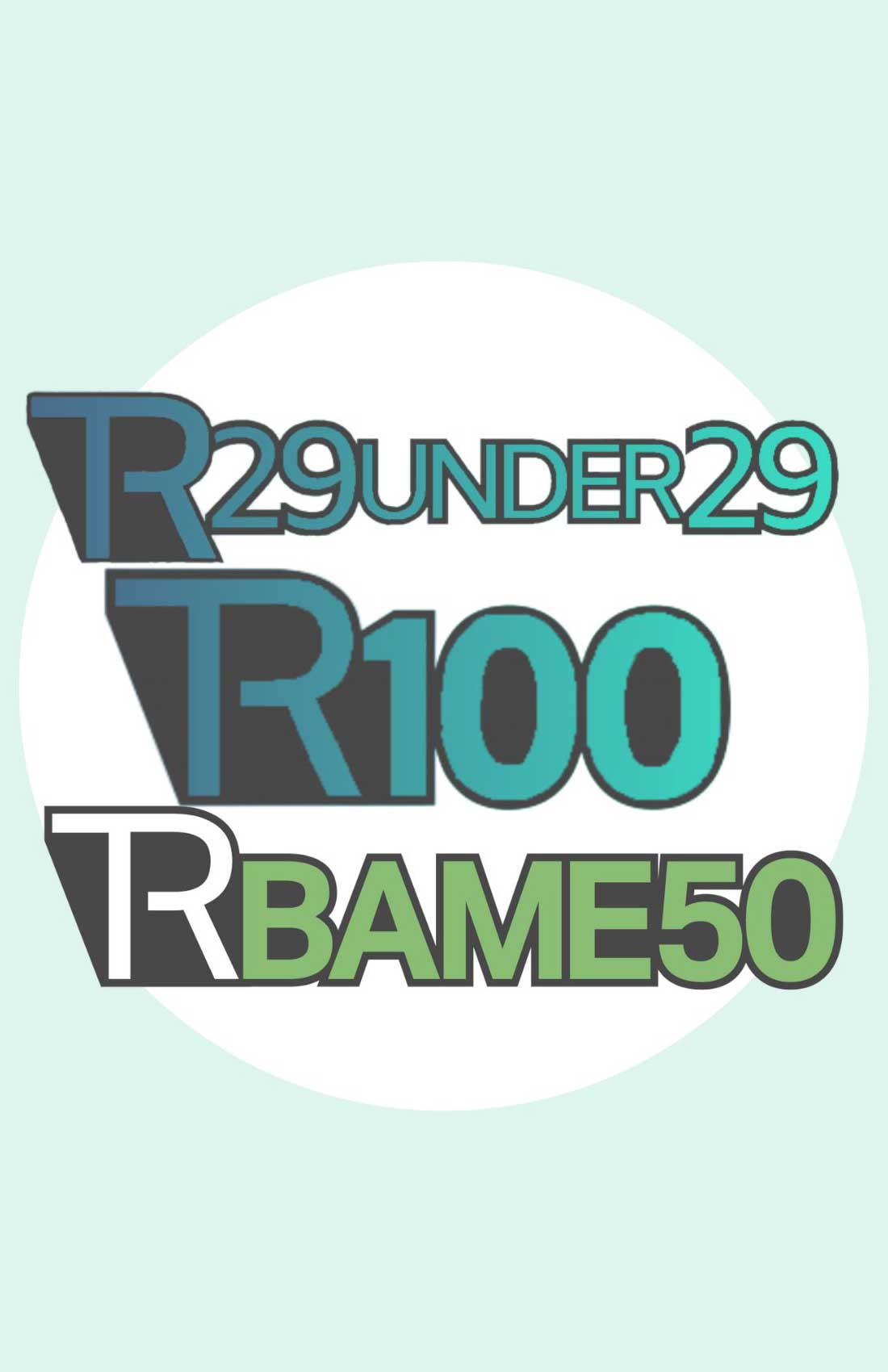—TechRound does not recommend any business advice, software or practices. All articles are purely informational—
In today’s fast-paced job market, creating a standout resume that captures the attention of hiring managers is essential. Your CV (Curriculum Vitae) is your first impression, and it often determines whether or not you’ll get a chance to showcase your skills in an interview.
Crafting a professional, elegant, and compelling resume is no longer a time-consuming task. With the right tools and strategies, you can create an eye-catching CV in minutes that highlights your strengths, experiences, and qualifications.
Why Your CV Matters
A resume serves as a personal marketing tool, allowing you to present yourself succinctly and effectively. Hiring managers often sift through dozens, if not hundreds of applications. In such a competitive environment, a standout CV can help you rise above the rest. An elegant resume is not only about aesthetics but also about the clarity of information and the strategic presentation of your skills and experience.
Key Elements of a Standout CV
- Clean and Professional Layout A cluttered resume can turn off potential employers. Choose a clean, modern layout with enough white space for easy readability. Stick to simple fonts like Arial, Helvetica, or Calibri, and ensure consistent font sizes and spacing throughout. The structure should be clear, with headings and subheadings to guide the reader’s eye.
- Compelling Summary or Objective At the top of your resume, include a brief summary or career objective. This section should be a 2-3 sentence statement that summarizes your experience, highlights your key strengths, and outlines your career goals. The objective should be tailored to the specific job you’re applying for, showing the employer how you can contribute to their organisation.
- Highlight Achievements, Not Just Duties Many job seekers make the mistake of listing job responsibilities instead of accomplishments. Focus on what you achieved in each role. Use quantifiable metrics (e.g., “Increased sales by 30%”) to demonstrate the impact you had. This approach gives hiring managers a clearer picture of your contributions and sets you apart from other candidates.
- Relevant Skills and Keywords The skills section is critical, especially in today’s digital age where many companies use Applicant Tracking Systems (ATS) to scan resumes. Make sure to include industry-specific keywords and skills that align with the job description. Highlight both hard skills (e.g., programming, data analysis) and soft skills (e.g., communication, leadership).
- Professional Experience List your most relevant work experience in reverse chronological order. For each position, include your job title, company name, location, dates of employment, and a brief summary of your achievements. Use bullet points to make this section easy to scan and focus on what sets you apart in each role.
- Education and Certifications Include your educational background, starting with your most recent or highest degree. If applicable, also add relevant certifications or professional development courses. This section shows your commitment to learning and helps strengthen your qualifications.
- Design Considerations Elegant resumes don’t need to be overly complex. Simple design elements such as subtle lines, bold headings, and a well-organised layout can add a touch of sophistication. Avoid using too many colours or fonts; stick to a professional, minimalist design that aligns with your industry.
Common CV Mistakes to Avoid
- Too Much Information Keep your resume concise. Aim for one page if you have less than 10 years of experience, and up to two pages if you have a more extensive career history. Hiring managers don’t have time to read lengthy resumes.
- Irrelevant Experience Tailor your resume for each job application by highlighting the most relevant skills and experiences. Remove outdated or irrelevant positions that don’t add value to your application.
- Overuse of Jargon While industry terms can be useful, avoid overwhelming the reader with jargon or overly technical language. Keep it simple and understandable for a wider audience, including those who may not be experts in your field.
- Typos and Errors Even small errors can hurt your credibility. Always proofread your resume multiple times and use tools like Grammarly or ask a friend to check for mistakes before submitting.
Creating an elegant CV that stands out doesn’t need to be a daunting task. By focusing on clarity, organisation, and impactful achievements, you can craft a resume that impresses hiring managers and improves your chances of landing an interview.
Leveraging the right tools can help you streamline the process, ensuring that your resume is both professional and visually appealing. Whether you’re entering the job market for the first time or making a career transition, an elegant CV is your ticket to success.
—TechRound does not recommend any business advice, software or practices. All articles are purely informational—



